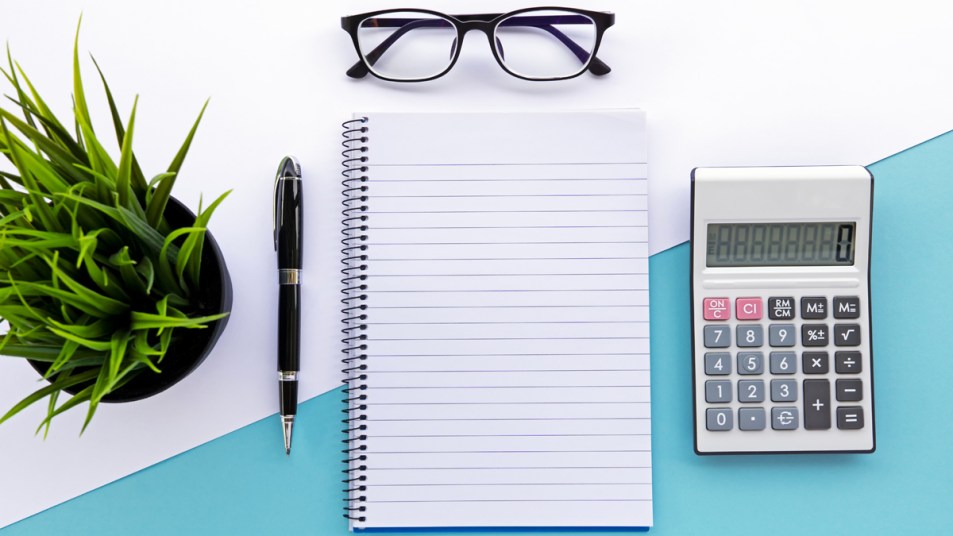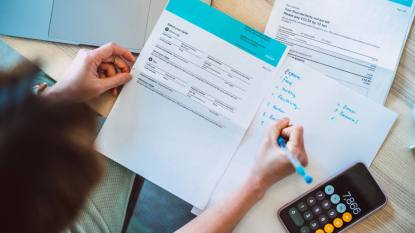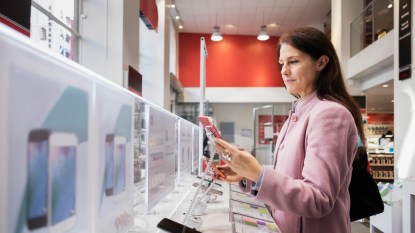This Simple Japanese Money-Saving Method Will Help You Spend Mindfully
Little changes can add up to big savings.

A cup of coffee on the way to work. Forgetting to pack your lunch and grabbing something to-go instead. Paying 99-cents for a fun new app on your phone. All of these mini-splurges don’t seem like much in the moment, but as many of us learn when scrolling through our bank accounts, they can definitely add up fast.
It’s something author Sarah Harvey noticed about herself when she moved to Japan. Along with how much more mindfully the culture seems to approach pretty much every aspect of daily life, she was particularly intrigued by a saving technique known as “kakeibo.”
The saving method, which translates to “household financial ledger,” was invented in 1904 as a “simple, no-frills approach to managing your finances,” Harvey explains. “Like all budgeting systems, the idea behind kakeibo is to help you understand your relationship with money by keeping a ledger of everything that is incoming and outgoing.”
Basically, you write down everything you spend money on every single day. Yep, that’s it. It’s similar to bullet journaling, but for your finances. Sure, you could spend money on software or build a spreadsheet on your computer to do the same thing but it’s the act of physically writing it all down that makes this technique so special and effective. Harvey describes it as a meditative way to process and observe your spending habits. “It can help you make positive changes by encouraging you to be more present and aware, while also acknowledging the triggers behind your bad habits.”
It’s not just about keeping an itemized journal, though. MoneyCrashers lists the following questions that the kakeibo method encourages you to ask about your personal budget:
- How much money do you have available?
- How much do you want to save?
- How much money are you spending?
- How can you improve?
Harvey includes a few more reflective questions you should consider before laying down cash on a specific item, like:
- Can I live without this item?
- Will I actually use it?
- Do I have space for it?
- How did I come across it in the first place?
- What is my emotional state today?
That final question can be a huge factor in realizing just how much you allow your whims to waste your money. Retail therapy is nice, but not when each tiny purchase collectively costs you that vacation you’ve been dreaming or keeps you from paying off your credit card.
However, Harvey says kakeibo isn’t about completely restricting yourself. “If you’re feeling glum about something, then flowers are a fairly inexpensive way to cheer yourself up… The goal is to change your bad habits through mindfulness and incremental changes.”
Another important tip: Use cash instead of card and give yourself a weekly budget. It’s so much easier to mindlessly swipe away your money than literally seeing how much you’re grabbing from an allotted amount in your wallet.
You can read more about Harvey’s success with kakeibo and other ways she made mindful changes to her life in her book, Kaizen: The Japanese Secret to Lasting Change ― Small Steps to Big Goals ($17.06, Amazon). You can also check out Kakeibo: The Japanese Art of Saving Money by Fumiko Chiba ($9.01, Amazon) for an in-depth look at how you can embrace the technique on a daily basis.
We write about products we think our readers will like. If you buy them, we get a small share of the revenue from the supplier.













